As energy costs for businesses soar without a price cap, Peter Ranscombe asks what distilleries can do to save consumption, money and the planet.
Distillery owner Stuart Ingram summed up the rise in energy prices in a single word – “horrific”.
“I got whacked massively last month,” explained the founder of the House of Elrick gin distillery in Newmachar, Aberdeenshire.
He added: “My energy costs have quadrupled – it’s a tough pill to swallow.”
Mr Ingram heats his still – the big copper kettle in which alcohol is evaporated and collected – using electricity, and has installed solar panels at the distillery to generate some of his power on site.
He’s now received a grant from Opportunity North East – the organisation founded in 2015 by oil and gas industry veteran Sir Ian Wood to help diversify the region’s economy – to carry out a sustainability review of the whole premises’ carbon footprint.
“I’m bringing in an expert to help me look at what I can do differently,” Mr Ingram said.
Options could include generating hydro-electric power from a burn on the House of Elrick estate, or whether the electric heater used to power the stills needs to run at its full 60-kilowatt capacity.
Trees are already being planted on the wider estate to offset some of the distillery’s carbon emissions.
Mr Ingram said: “We’re trying to do as much as we can as a small organisation.
“But a lot of the problem with smart technologies is capital expenditure, which companies my size don’t have all the time.
“We looked at storing electricity from the solar panels to use it later rather than feeding it back into the grid when we don’t need it, but the cost of putting in those batteries was going to be £14,000.
“Instead, we’re trying to do more of our distilling on sunny days to make the most of the solar power we generate.”
Keeping it local
Mr Ingram’s work to improve sustainability goes beyond his own production processes.
When he was building the distillery in 2018 he bought his stills from Speyside, instead of Germany or the Netherlands, and used local building contractors.
He’s since stopped storing stock in warehouses in Scotland and England to cut down on haulage journeys and is instead fulfilling orders from the distillery.
He is also packaging some of his gins and rums in cans, which are sold at supermarkets including Aldi, the Co-op, and Lidl.
Rocketing business costs
His rising costs are not limited to power, with the price of cardboard packaging for his bottles increasing by 30% during the past six months, and the cost of glass bottles – which he has to buy from France because they’re not made in the UK – climbing due to higher energy prices.
Other distilleries are investigating whether hydrogen could be used to heat their stills.
Water can be split into hydrogen and oxygen using an electrolyser – a bigger version of the experiment carried out by thousands of pupils during secondary school science classes.
If the electricity used to split the water comes from renewable sources, the process shouldn’t generate carbon dioxide, methane or any other greenhouse gases that cause global warming.
The whisky industry accounts for about 1.3% of Scotland’s greenhouse gas emissions, with the Scotch Whisky Association setting a target for distilleries to be operating with net-zero emissions by 2040, ahead of Scotland’s 2045 aim and the UK’s 2050 date.
In 2020 £1 million was awarded by the UK Government’s Green Distilleries competition to 17 projects to investigate the feasibility of whisky-makers using hydrogen and/or high-temperature heat pumps (HTHPs).
Among winners in the north and north-east, Highland Park Distillery in Orkney worked with Stirling-based Allen Associates to see if HTHPs could convert waste heat into steam.
The distillery also teamed up with gin-maker Orkney Distilling, the European Marine Energy Centre and Edinburgh Napier University for the HySpirits 2 project to see if sites could switch to hydrogen.
The Uist Distilling Company received two of the grants to investigate whether hydrogen could replace steam and if a high-temperature heat store could be suitable on islands and in rural areas.
Phase two of the competition last year awarded £11.3m to four projects, allowing them to move from feasibility studies onto demonstrations.
Among the phase two winners was Beam Suntory’s Ardmore Distillery in Aberdeenshire – home to the Teacher’s blended whisky brand – which is working with London-based project leader Supercritical Solutions, risk management firm DNV and Aberdeen-based energy consultancy Xodus Group.
Ardmore’s WhiskHy project will use hydrogen from Supercritical’s high-pressure electrolyser to heat one of its stills.
The electrolyser will take wastewater from the distillery and be powered by locally-generated renewable energy.
Ardmore has already cut its emissions by 25% after switching from heavy fuel oil to liquefied petroleum gas (LPG).
The feasibility report concluded the distillery’s boiler would need only “minimal modifications” in order to burn hydrogen, either on its own or alongside LPG.
As well as the green distilleries competition, several spirit-makers received money in February from the Scottish Food and Drink Net Zero Challenge Fund, which was launched by the industry-led Scotland Food & Drink Partnership and Interface, the body that helps businesses to access academic expertise in Scotland’s universities and colleges.
Barley experiment
In an update for The Press and Journal, Interface said North Uist Distillery and the University of the Highlands & Islands together sowed a test field of bere barley in the Outer Hebrides this month.
As a way of reducing emissions, the ancient form of barley – which will be used to seed more crops next year – will be fertilised with local seaweed as an alternative to mineral fertilisers, which need to be shipped to the islands.
Meanwhile, Dunnet Bay Distillers in Caithness and West of Scotland University are gathering information on the ceramics used to make the drink company’s distinctive Rock Rose gin and Holy Grass vodka bottles.
Interface sector engagement manager Howell Davies said: “A review of ceramic waste issues with the production process has taken place, along with a discussion of ideas around recycling and upcycling.”
Dunnet Bay is already selling refill pouches, so customers can continue using the same bottles.
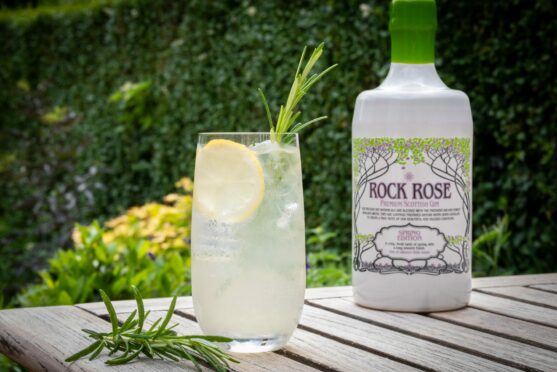
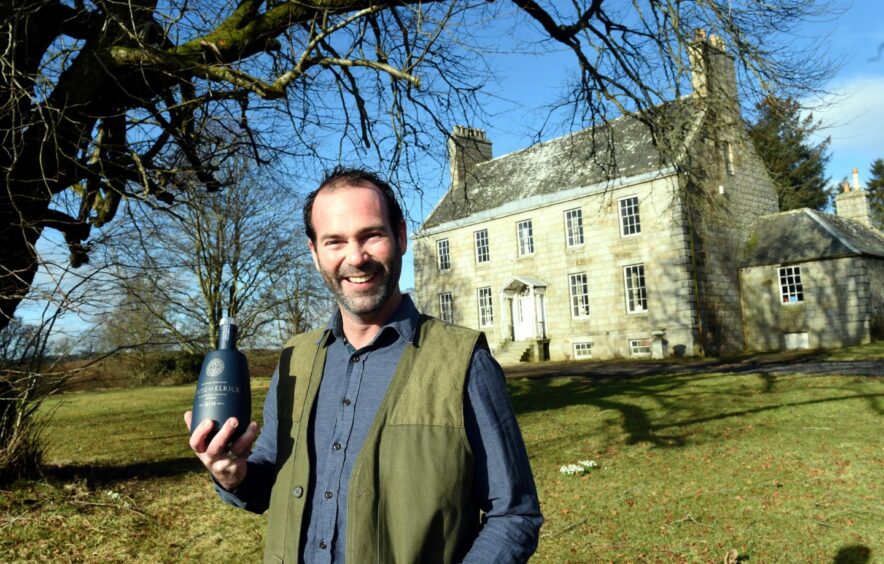
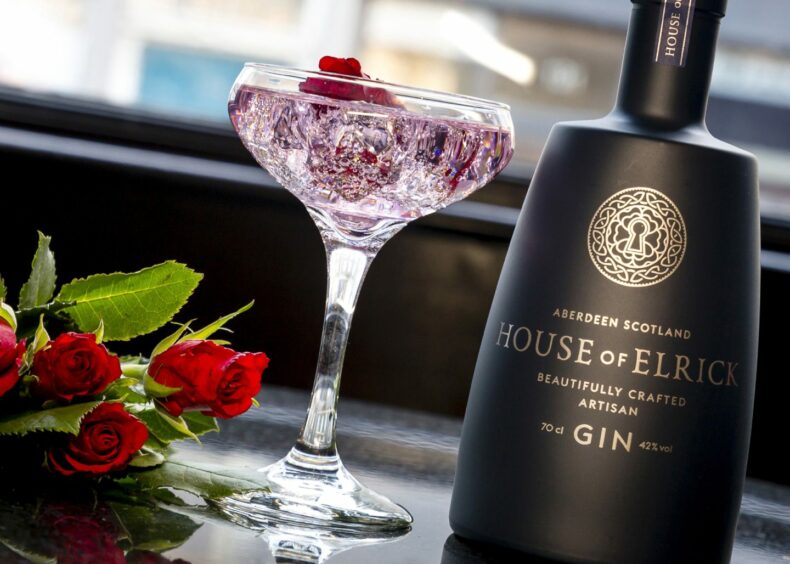
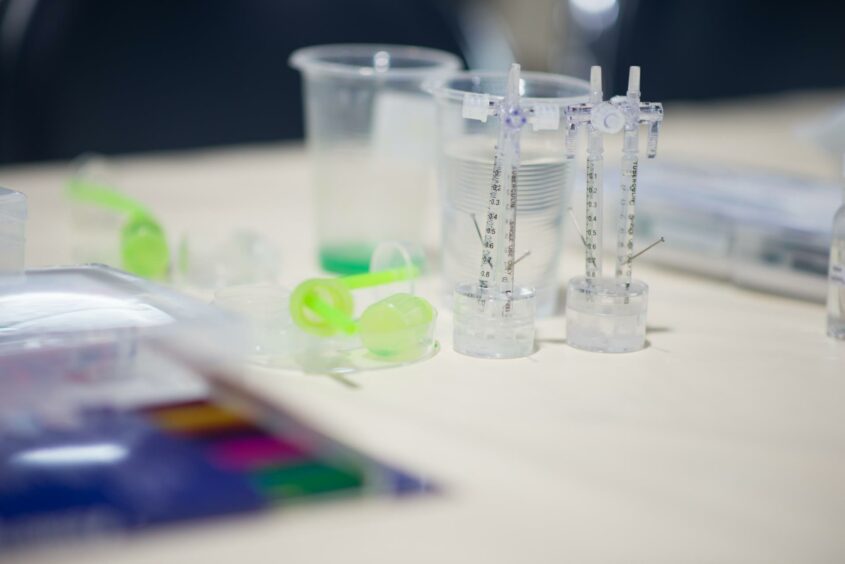
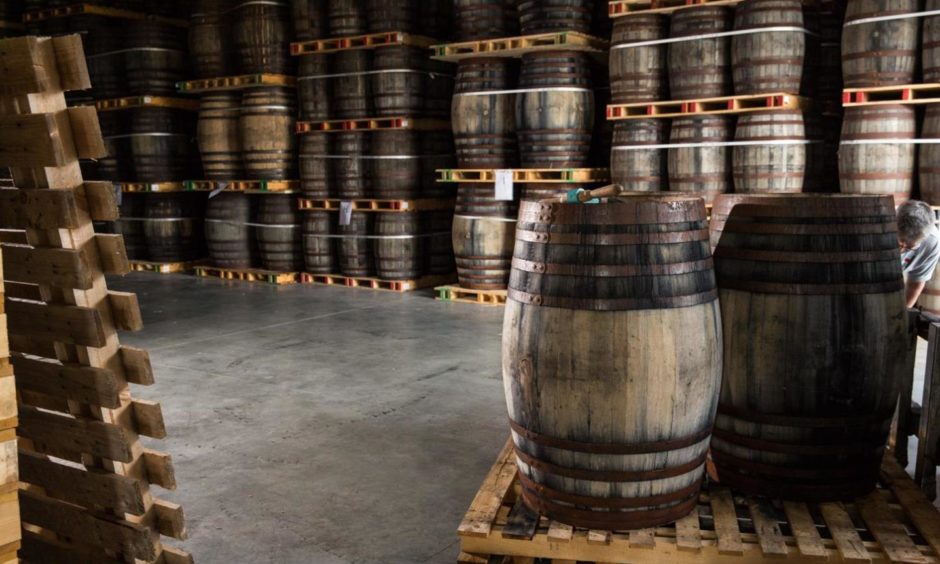
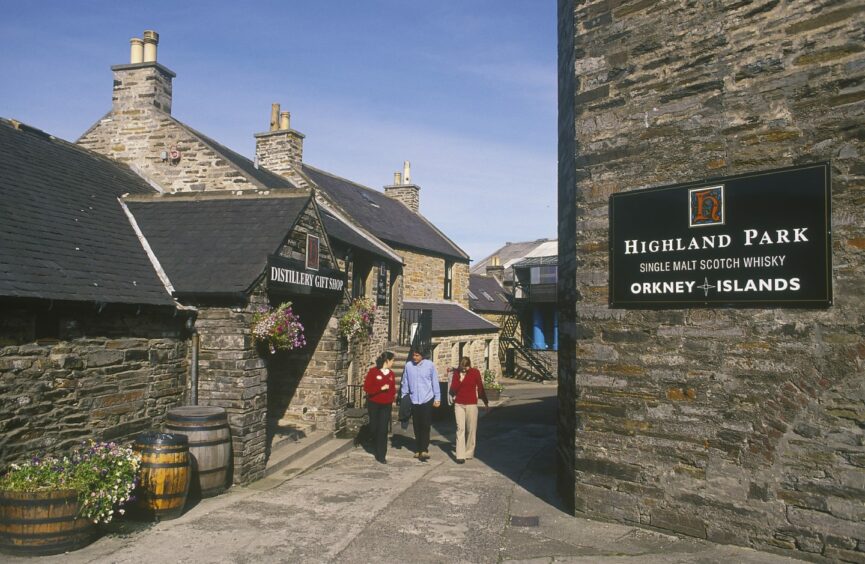
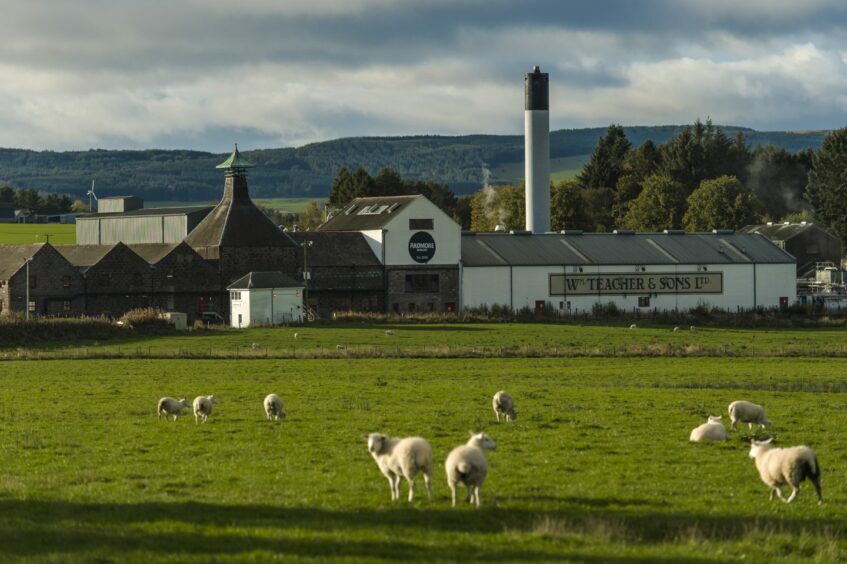
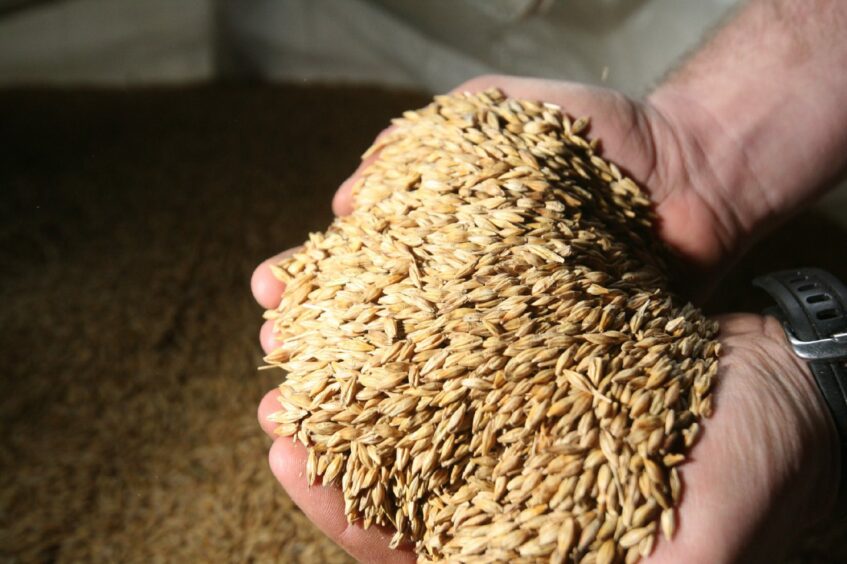
Conversation